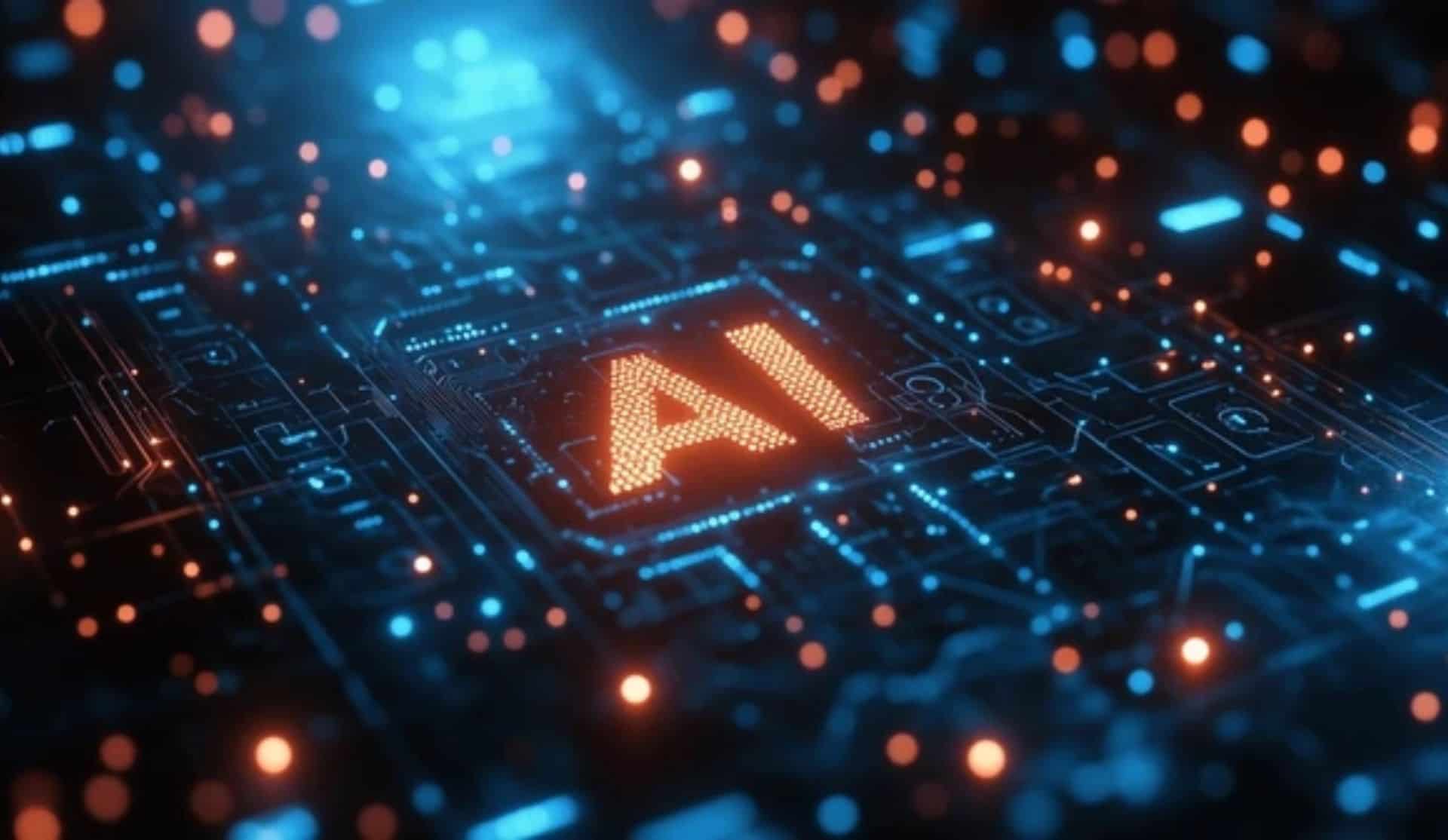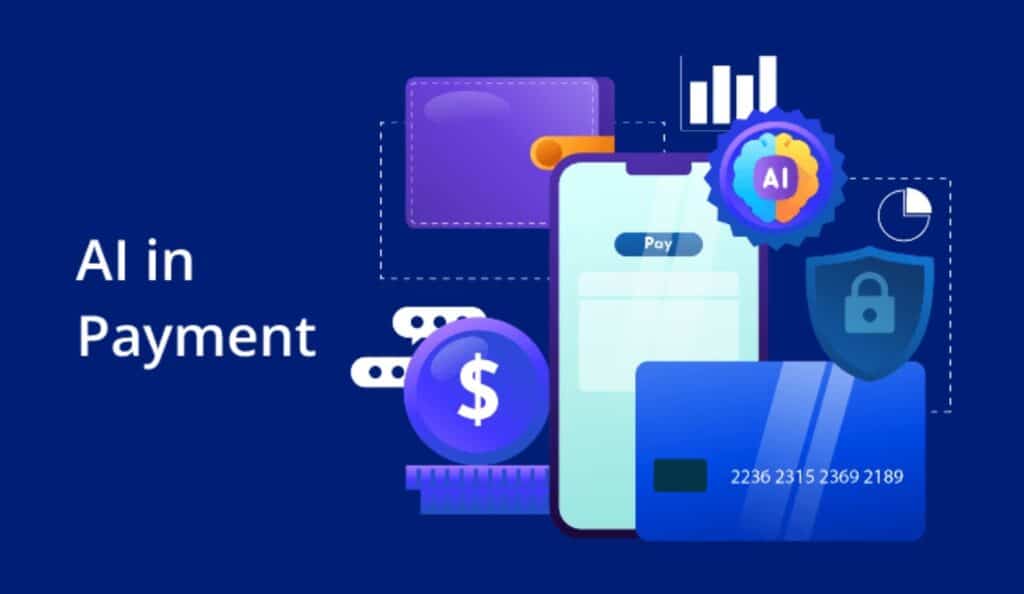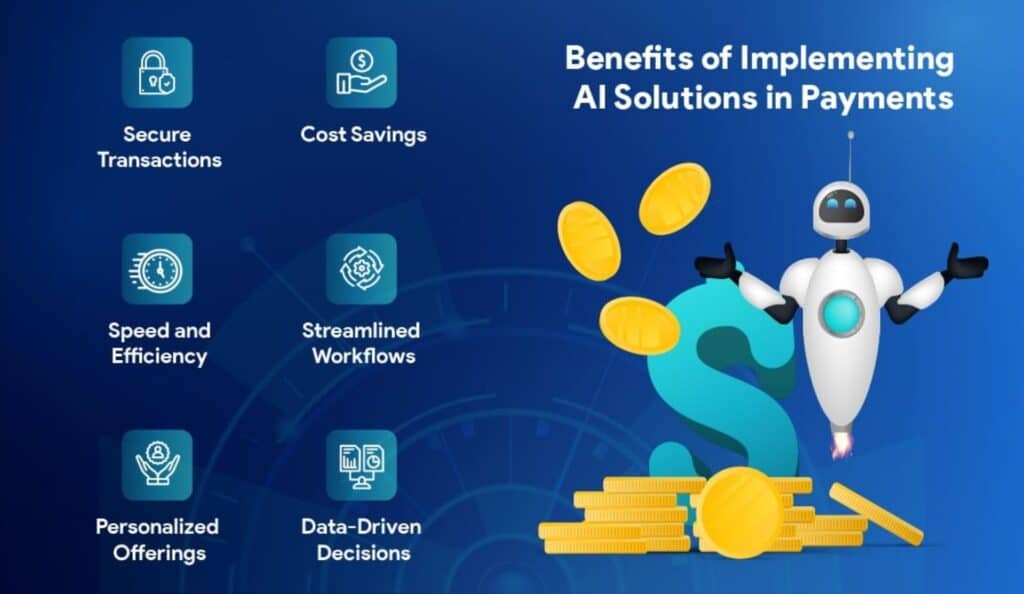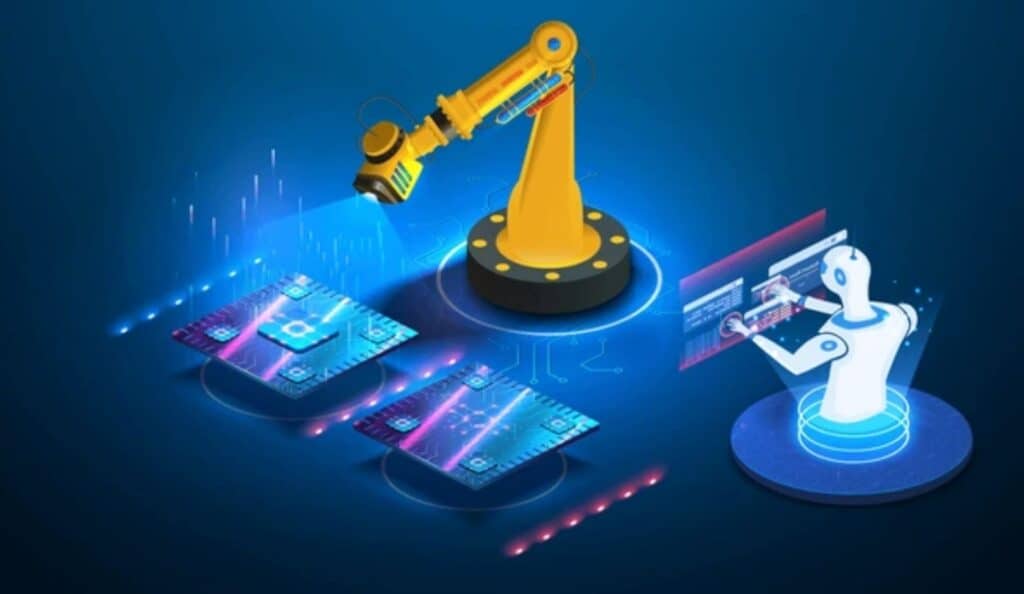
By Rosemary Pearson February 7, 2025
The Artificial Intelligence (AI) buzz began when Open AI released ChatGPT. AI has been shaking up markets since 1980, but with a forecasted growth over two times faster from 2020 to 2021, global revenue estimates are going up from $143.3 billion in 2020 to almost $327.5 billion in 2021. Improved computing capabilities and heavy investments made by giant tech companies are supposed to be the main growth drivers.
With the intent of enhancing efficiency, productivity, and profitability, AI is being embraced in different fashions by the construction sector, life sciences, and insurance, among other industries. That also brings in its wake several risks, foremost of them potentially concerning liabilities that insurance must ultimately address. In the context of new risks being created as organizations adopt AI systems to steer their operations, these new risks present a massive challenge where risk mitigation must be very strongly applied.
Hartford, USA, with a tradition of centuries in finance and insurance, is at the forefront of this AI-driven transformation. With the historic link to these industries, the city can position itself very advantageously to take emerging technologies and keep progressing. Carrying AI, transformation in the workings of businesses has overtaken its installation, especially in relatively old industries such as banking, insurance, and payment processing.
AI in the Payment Process

All AI technologies would enhance financial transactions and payment procedures for their application in the payments industry revolutionizing all financial transactions and payment activities. AI algorithms, machine learning, and data analytics automate the entire payment system, improve accuracy for fraud detection, and support better decision-making.
Another artificial intelligence alternative application in payments would be the automation of invoice processing, payment matching, and reconciliation. It increases overall process efficiency because it minimizes manual error and maximizes speed. AI is an actual force for reliability along a continuum of payment processes and working toward efficiency.
Technologies that Support Artificial Intelligence in Payments

AI payments inform the technologies that shape digital payments.
- Machine Learning: Machine learning examines structured and unstructured data for patterns overlooked by humans, thus playing an important role in complementing artificial intelligence. This proves very useful in fraud detection and process optimization, enhancing accuracy and efficiency.
- Natural language processing (NLP): It is very important for customer support applications because it allows systems to understand written and spoken languages. In other words, chatbots and interactive voice response systems can take care of billing and payment-related queries with minimal human intervention.
- Predictive Analytics: These provide insight into future performance, such as transaction volume or the risk of bad debt, by investigating past data. Based on these predicted outcomes, this statistical methodology helps business organizations make sounder business decisions.
- Generative AI: This is another important pillar. It generates text, images, and other responses from human input. In the payments industry, the technology powers chatbots and virtual agents to provide quick, inexpensive support.
How Payment Processing is Revolutionized by AI

Detection and Prevention of Fraud
Fraud being a direct threat in business, AI proved a worthy deterrent to payments. The functioning of AI sees it scanning billions of transactions looking for deviations in trends suggesting a potential case of fraud, such as unusual spikes in spending or mismatched purchase locations. So any suspicious trends can be done in real-time, thus allowing quick business and bank reactions to counter any fraudulent activity.
Machine learning models continuously evolve; thus, they always learn from new data on transactions and tune their algorithms to better detect fraud in real-time transactions and adapt to a changing pattern of threat. By lowering the occurrence of false positives that can block authentic transactions, the paradigm achieves two complementary goals: limiting monetary losses and facilitating meeting compliance requirements while creating customer confidence. AI learns from past data, making it well-equipped to tackle frauds that outsmart other techniques; it is hence a clear winner for anomaly detection against more traditional methods that have been primarily rule-based. Thus, AI is slowly becoming one of the pillars for liberating businesses and customers alike from financial abuse.
Accounts payable is a broad term for various functions such as invoice processing, payment matching, and reconciliation. These functions were quite labor-intensive thereby being easily prone to errors and delays. Now technology is changing these processes by automating them, minimizing human intervention, and speeding up the payment cycle. For instance, AI can automatize the matching of payment and invoice and signal any discrepancies for further inquiry. The introduction of automation improves the accuracy of the process and tends to make it efficient.
Customizing Client Experience
By customizing the banking and payment consumer experience, AI is actively involved in transforming this industry. It streamlines and secures the onboarding process while reducing user friction with advanced identity verification and document authentication capabilities. The AI payment tools analyze customers’ preferences and spending patterns for the transactions that have been validated. Thus, based on the analysis, businesses can propose a very personalized product or service for that customer.
Customer experience is made better through automation by analyzing each individual’s unique buying pattern and preference. Machine learning and natural language processing can be harnessed to provide customized services and recommendations. For example, an AI system may propose particular financial merchandise, such as a credit card with a low interest rate, considering the previously observed spending patterns of a customer. This kind of customization enhances client association and increases customer satisfaction.
Using AI in Customer Support
Artificial intelligence in payment systems is being rapidly adopted, taking customer support through chatbots. These robots, while relieving human resources, assiduously attend to repetitive questions, check on payment information, and give shipment and invoice updates while allowing the customer to dispute a charge.
Using AI For Forecast
Predictive analytics tend to improve decision-making substantially through the revelation of hidden trends in past sales and payment data; such knowledge helps vendors improve profit margins and marketing strategies. Further, analyzing payment patterns using predictive analytics aids risk management by influencing the decision to grant credit. This predictive analysis could, therefore, aid buyers in managing their cash flow and thus improve their financial health and ability to make sound decisions.
Processing payments in a more efficient manner

AI expedites the payment processing of repetitive processes, especially for companies that are handling huge volumes of transactions. Such automation reduces operational delays and human error, allowing better resource allocation and quicker processing.
Furthermore, machine learning models cut down on costs and delays by ensuring that the most optimal, cost-effective payment route is chosen for the transaction. Organizations can thus augment cash flow management and make proactive plans when transaction volume is peaking through predictive analysis to foresee the trends in payment. This foresight adds to financial stability and operational efficiency for the organizations.
Enhanced Security
The AI excels in strengthening security in payment processing, which is a prime concern. It identifies anomalous spending patterns and provides safe user authentication. Biometric techniques, such as fingerprinting and facial recognition, are now gaining favor as they provide greater security over conventional passwords and PINs, minimizing the chances of unauthorized access. Updating security measures is very important to the safety of credit card transactions and compliance with PCI DSS requirements. Since AI is integrated into payment systems, it reduces fraud risk and hugely improves internal security.
Additionally, with the automation of the verification process, AI has an important support role in KYC. In this way, the automated process ensures that both customers and agents are checked accurately and are behaving ethically. Quite generally, applying AI in payment procedures accelerates customer verification even as it strengthens security.
Cost Reduction
At the same time, AI makes things more affordable for companies because it makes tasks efficient. The less human involvement in the processing of transactions, the less expensive and time-consuming it becomes. The application of AI technology can even identify inefficiencies and propose solutions to reduce operating costs further.
Resolving Self-Service and Payment Issues
AI is changing customer services through smart self-service facilities, which drive enhanced service efficiency, help remind customers of overdue payments, or even suggest personalized payment plans, thereby relieving the workload of human employees. Automated chatbots answer billing questions, providing instant resolutions for common issues such as wrong charges or failed payments. This 24-hour assistance improves operational cost efficiency, reduces response time, and enhances the overall customer experience.
The Advantages of AI In Payments

AI and automation make today’s operations efficient, requiring fewer resources to disrupt the older processes. By assuming dull tasks of billing and payment duties, AI improves the productivity of companies so that they can save on labor costs to have their staff focus on less tactical, more strategic assignments. In this new paradigm, firms will be able to do a lot by putting in less effort, thereby minimizing the cycle time of processes and bottlenecks.
Another advantage AI offers is security, which is heartening with the identification of anomalies in billing and payment. Silent frauds are the ones that go unnoticed against the perception of apparent fraud. Better pattern recognition is made with the help of AI, which would effectively lead to the quick identification and rectification of such issues, thus making it secure.
The performance with workflows enabled through AI must be immensely accurate. Errors such as transcription or calculating errors are less likely with minimum human intervention in invoice processing. Being capable of automatically extracting invoice data and cross-referencing it against purchase orders and receipts, AI ensures accuracy and renders manual data entry unnecessary.
AI also enables better decision-making. Speedier processes and sophisticated analysis allow real-time data to be analyzed and distributed to stakeholders. With such access to data, organizations can make better decisions based on data, aiding in planning for the present and future.
Finally, AI strengthens the ties between suppliers and customers through faster responses and individualized treatment. AI sorts support requests so that employees can spend their time solving tougher problems requiring human interaction. By analyzing consumer buying patterns, AI can also make recommendations and personalized offers for the individual.
AI Applications in Manufacturing

Manufacturing is rapidly embracing AI technologies to augment productivity and a variety of operations. The deployment of digital twins is one such important advancement wherein manufacturers create virtual versions of real components. This strategy serves as an extremely powerful tool during the design and engineering phases since it permits the testing of new products and processes without incurring a loss.
In manufacturing, perhaps the biggest talk of the town is the application of virtual reality (VR) with a focus on improving safety systems. Its realistic training experience allows for an enhanced understanding of assembly procedures under trying circumstances, VR also aids in factory floor planning to ensure optimal positioning of the workforce and equipment in terms of production.
Machine learning is changing how data is handled in manufacturing. It propels supply chain management, process optimization, and quality control through teaching systems by experience. This technology enhances production at large cutting down on waste.
AI also plays an important role in the industry of predictive maintenance (PdM). It uses sensor data to predict when machines are likely to fail, allowing for some preventive maintenance before they cause any problems. This proactive approach safeguards an uninterrupted product output, reducing unplanned downtime and expenses.
Collaborative robots, more commonly known as cobots, are designed to work safely alongside humans. They can operate in conventional production settings without the need for protective barriers, and they are cost-effective to implement. Cobots are versatile and can be used for sanding, screwing, and inspections; with AI, they can learn new tasks quickly. This flexibility is changing manufacturing.
Issues And Factors to Take into Account While Processing Payments Using AI
Problems with Data Privacy
The AI systems are trained on sensitive data, which can include payment information and some personally identifiable information. Protecting such sensitive data from breaches with great security standards such as encryption, tokenization, and secure storage protocols will help to comply with regulations like the GDPR, which is pivotal in forming customer trust and upholding ethical business practices. Transparency about data handling will show commitment toward privacy concerns and build credibility when confronting security matters in the virtual environment.
Blunder on Regulatory Administration
If AI is integrated into payment processing, such trigger important discussions around accountability and fairness when it comes to automated decision-making. The regulators are trying to keep pace with technological developments, but the inconsistency in pertaining global standards makes it more difficult for companies operating internationally to comply. The enterprises need to stay continually updated regarding newfound regulations so that their systems comply with changing ethical and legal requirements. Such vigilance will be crucial to avoid the prospect of fines and injury to its reputation.
High Cost of Infrastructure
The other daunting factor of AI in payments traditionally is the high-cost implications, especially for smaller companies. An AI implementation, advanced technologies, seamless integration with existing systems, and the capability of staffing to run the operations must all come together as a full solution. Moreover, many organizations are challenged in this respect by legacy systems incapable of sustaining modern AI payment solutions. Partnering with a payment service provider or Bacs-approved bureau stands to present one scalable and cost-effective remedy. Such a working agreement will fit business needs while also benchmarking to customer expectations.
Conclusion
From an AI point of view, payment processing is changing in Hartford, USA. The automation of some repetitive tasks increases efficiency and thereby enhances fraud detection for safer transactions. It, therefore, optimizes customer satisfaction through AI in personalized interactions.
AI is also good with security related to financial transaction safety. Real-time payments speed up transactions while predictive analytics predict patterns and behaviors. AI also cuts costs, making financial procedures cost-effective.
Any advancement related to AI will be anticipated in the future to take payment processing to another simplified level. Being under AI auspices, the change will benefit the future of the industry and greatly profit its consumers and corporations.
